|
Today we began a new class series that focuses on how science and art can intersect. Traditionally, art and science have been treated as separate disciplines, but when they are studied together, it’s clear to see the impact one has on the other. In our first class of the series, we focused on magnetism. When children arrived, they were invited to build with MagnaTiles. To inspire Mini Makers, I Included wooden people, trees, and buildings. In no time, our future city planners were building a little town. After Mini Makers had some time building, we talked about what science is and what scientists do. I invited students to approach each station with “why?” questions and make guesses. Even though the first station was very simple, students chose to explore this station for a while. Like marble painting, the station was laid out with paper taped to trays and two marble magnets. Unlike marble painting though, the marbles were controlled by a magnet wand under the trays. It was fun to watch the marbles wobble and dance across the page. The second station was similar to the first station, but slightly more complex. I reminded students of the town they had made with the MagaTiles and invited them to draw another town on a cut-open cereal box. I showed students a car I drew and then attached to a magnet. I was able to “drive” the car through town by moving a magnet wand under the cardboard. Each student used the invitation to create in their very own way. Instead of drawing a town, one student used scraps of paper to collage a town. Instead of putting a car on top of the magnet, one student drew a duck. And instead of attaching the duck in a 2-D fashion, she propped it upright to make it look like it was walking. Such wonderful creativity! Our third station had nothing to do with magnets, but instead focused on using art for scientific observation. We talked about how some scientists keep track of their observations in a science journal with sketches. Using my wilting Mother’s Day bouquet, students were encouraged to take flowers apart. I showed students how they could stick various flower sections to the paper with double sided tape. I gave the prompt "What shapes, colors, and patterns do you observe?" Mini Makers were encouraged to draw their observations of the flowers. We used pencil first and then went over the lines with sharpie. Finally students used watercolors to give their sketches color. Scientific drawings can be a great learning tool and can be done at any age. Very young children are likely to add details that aren't really there. That's okay at this stage. Introducing scientific drawings is a great first step to becoming a future scientist or engineer.
0 Comments
Your comment will be posted after it is approved.
Leave a Reply. |
Archives
January 2024
Categories |
Proudly powered by Weebly

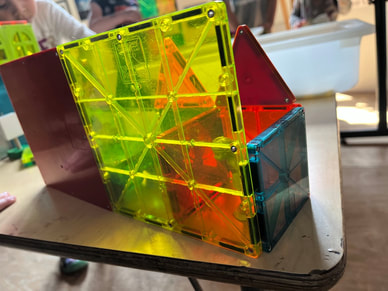
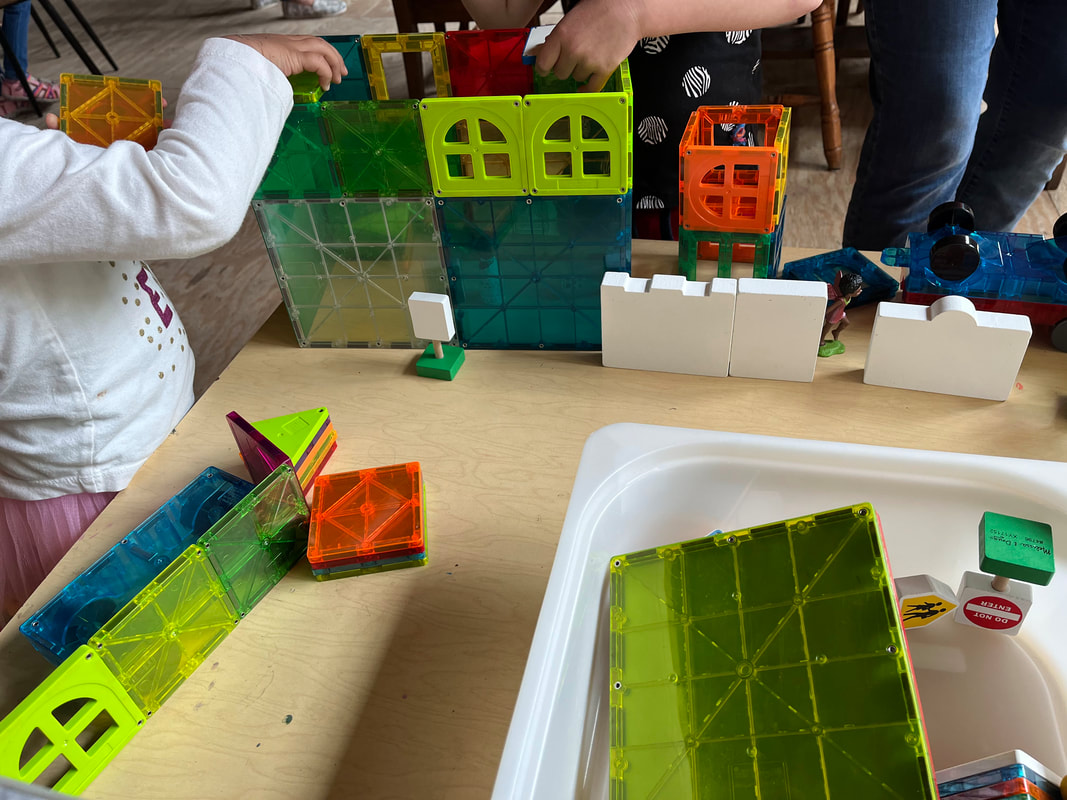
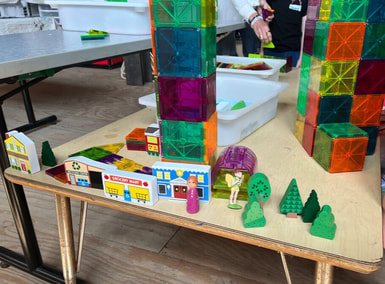
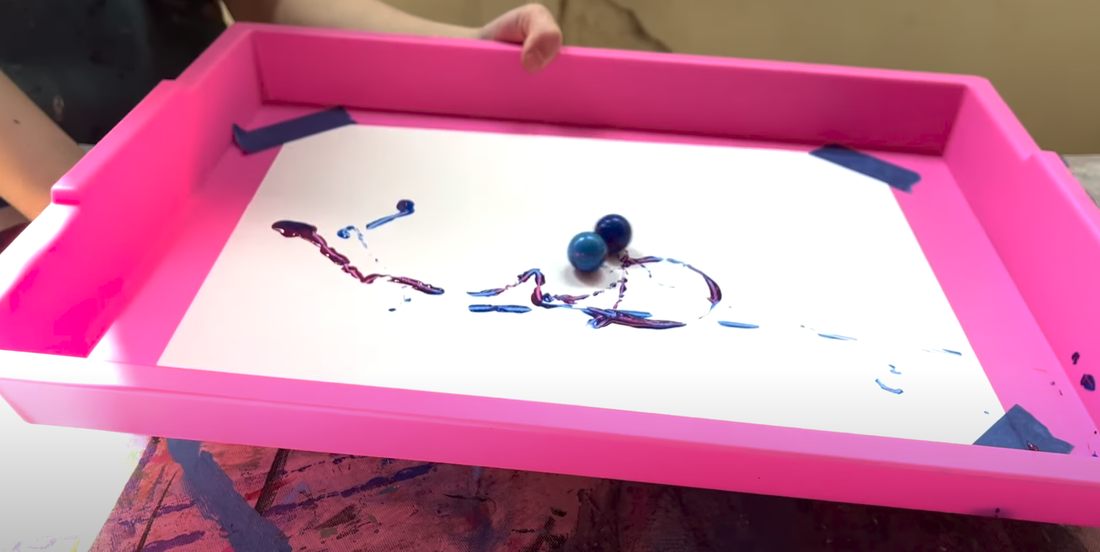

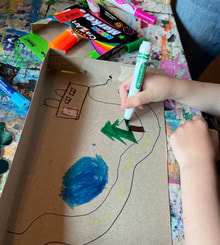

 RSS Feed
RSS Feed